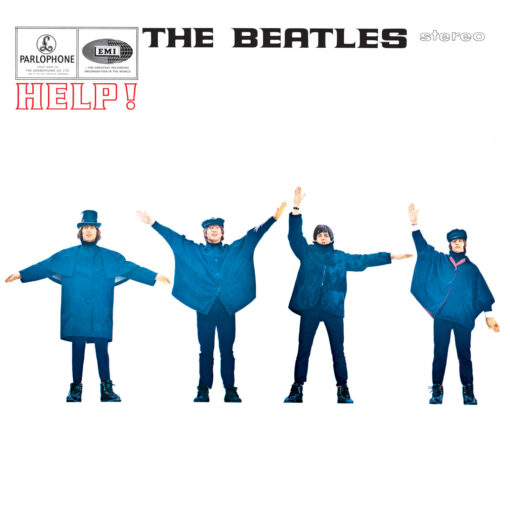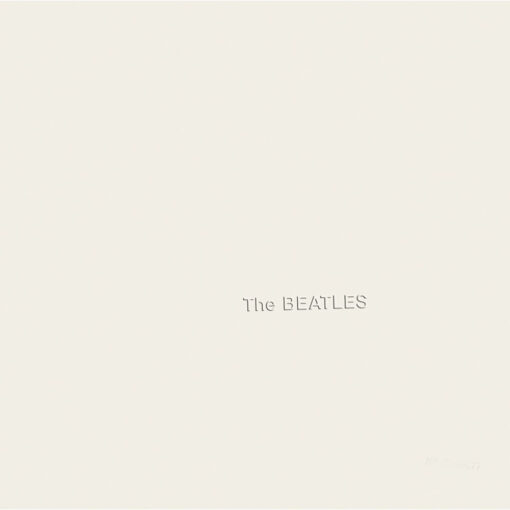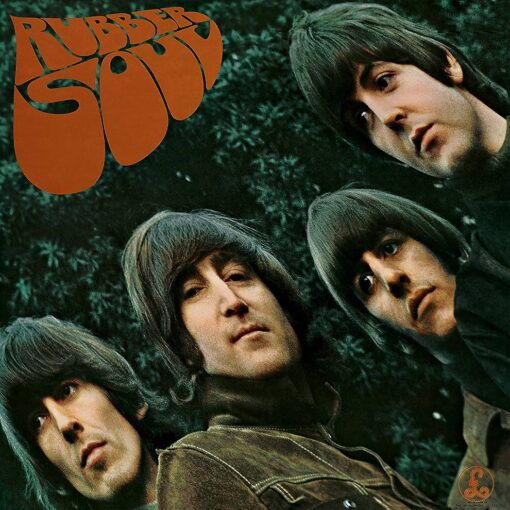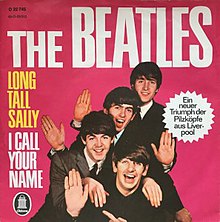- Published in 1967
- Author: Lennon/McCartney
- Track 9 on “Magical Mystery Tour“
- Track 2 on “The Beatles 1967-1970” (Blue Album)
PAUL 1966: “I like some of the things the Animals try to do, like the song Eric Burdon wrote about places in Newcastle on the flip of one of their hits. I still want to write a song about the places in Liverpool where I was brought up. Places like The Docker’s Umbrella which is a long tunnel through which the dockers go to work on Merseyside, and Penny Lane near my old home.”
JOHN 1968: “We really got into the groove of imagining Penny Lane– the bank was there, and that was where the tram sheds were and people waiting and the inspector stood there, the fire engines were down there. It was just reliving childhood.”
JOHN 1980: “Penny Lane is not only a street but it’s a district… a suburban district where, until age four, I lived with my mother and father. So I was the only Beatle that lived in Penny Lane.”
PAUL circa-1994: “John and I would always meet at Penny Lane. That was where someone would stand and sell you poppies each year on British Legion poppy day… When I came to write it, John came over and helped me with the third verse, as often was the case. We were writing childhood memories– recently faded memories from eight or ten years before, so it was recent nostalgia, pleasant memories for both of us. All the places were still there, and because we remembered it so clearly we could have gone on.”
About “Penny Lane”
“Penny Lane” was released in February 1967 as a double A-side single with “Strawberry Fields Forever“. The song was written primarily by Paul McCartney and credited to Lennon–McCartney. The lyrics refer to Penny Lane, a street in Liverpool, and make reference to the sights and characters McCartney recalls from his youth.
Penny Lane runs through Mossley Hill in south Liverpool. In addition, the name is used for the area surrounding its junction with Smithdown Road and Allerton Road, as well as for the roundabout at Smithdown Place, which was originally an important tram junction for Liverpool Corporation Tramways. As children and students, John Lennon, Paul McCartney and George Harrison frequently stopped at the roundabout. During the early years of the Lennon–McCartney songwriting partnership, Penny Lane bus stops and the area itself became familiar elements.
Penny Lane was referred to in Lennon’s original lyrics for “In My Life“. After the Beatles recorded “In My Life” in October 1965, McCartney told an interviewer he wanted to write a song about Penny Lane. After hearing Lennon’s “Strawberry Fields Forever“, he was inspired to write the song.
A nostalgic poem by Dylan Thomas called “Fern Hill” also inspired McCartney during the writing of “Penny Lane“. Lennon co-wrote the lyrics with McCartney.
When the Beatles began working on Sgt. Pepper’s Lonely Hearts Club Band, after a three-month break pursuing individual interests, they wrote the song early in the sessions. According to Beatles biographer Ian MacDonald, McCartney took LSD for the first time in late 1966, as reflected in the lyrics.
According to MacDonald, the phrase “And though she feels as if she’s in a play / She is anyway” is one of the Beatles’ most “LSD-redolent phrases.” Roy Carr and Tony Tyler similarly described the subject matter as “essentially ‘Liverpool-on-a-sunny-hallucinogenic-afternoon’.”.
“Penny Lane” was recorded by the Beatles in December 1966 for Sgt. Pepper’s Lonely Hearts Club Band. Following its release as a single to satisfy record company demands for a new release, the band omitted it from their albums as part of their policy of not releasing previously released singles. In the middle of the verse and between its choruses, the song contains numerous modulations. For the bridge section, session musician David Mason played a piccolo trumpet solo.
Throughout Europe, “Penny Lane” charted in the top five and topped the Billboard Hot 100 in the US. In Britain, due to chart protocol regarding double A-sides, it was the first Beatles single since “Please Please Me” in 1963 to miss the top spot. “Penny Lane” was included on the US Magical Mystery Tour album in November 1967. Rolling Stone ranked the track at 280 on its list of “500 Greatest Songs of All Time” in 2021. The song was ranked number 9 in Mojo’s “101 Greatest Beatles Songs” list in 2006.
Meaning of “Penny Lane”
The lyrics of “Penny Lane” are a nostalgic reflection on McCartney’s childhood and youth in Liverpool, England. Penny Lane is a real street in Liverpool, and McCartney’s memories of the area serve as the inspiration for the song.
The lyrics vividly describe scenes and characters from the neighborhood, such as the barber, the banker, the fireman, and a pretty nurse selling poppies. The song captures a sense of small-town life, with its familiar landmarks and everyday activities.
Overall, “Penny Lane” is celebrated for its evocative lyrics, melodic charm, and its portrayal of McCartney’s affection for his hometown. It remains one of The Beatles’ most beloved and enduring songs.
Personnel
The Beatles
- Paul McCartney – vocal, pianos, bass, harmonium, tambourine, effects
- John Lennon – backing vocal, piano, guitar, congas, handclaps
- George Harrison – backing vocal, lead guitar, handclaps
- Ringo Starr – drums, handbell
Additional musicians
- George Martin – piano, orchestral arrangement
- Ray Swinfield, P. Goody, Manny Winters – flutes, piccolos
- David Mason – piccolo trumpet solo
- Leon Calvert, Freddy Clayton, Bert Courtley, Duncan Campbell – trumpets, flugelhorn
- Dick Morgan, Mike Winfield – oboes, cor anglais
- Frank Clarke – double bass



